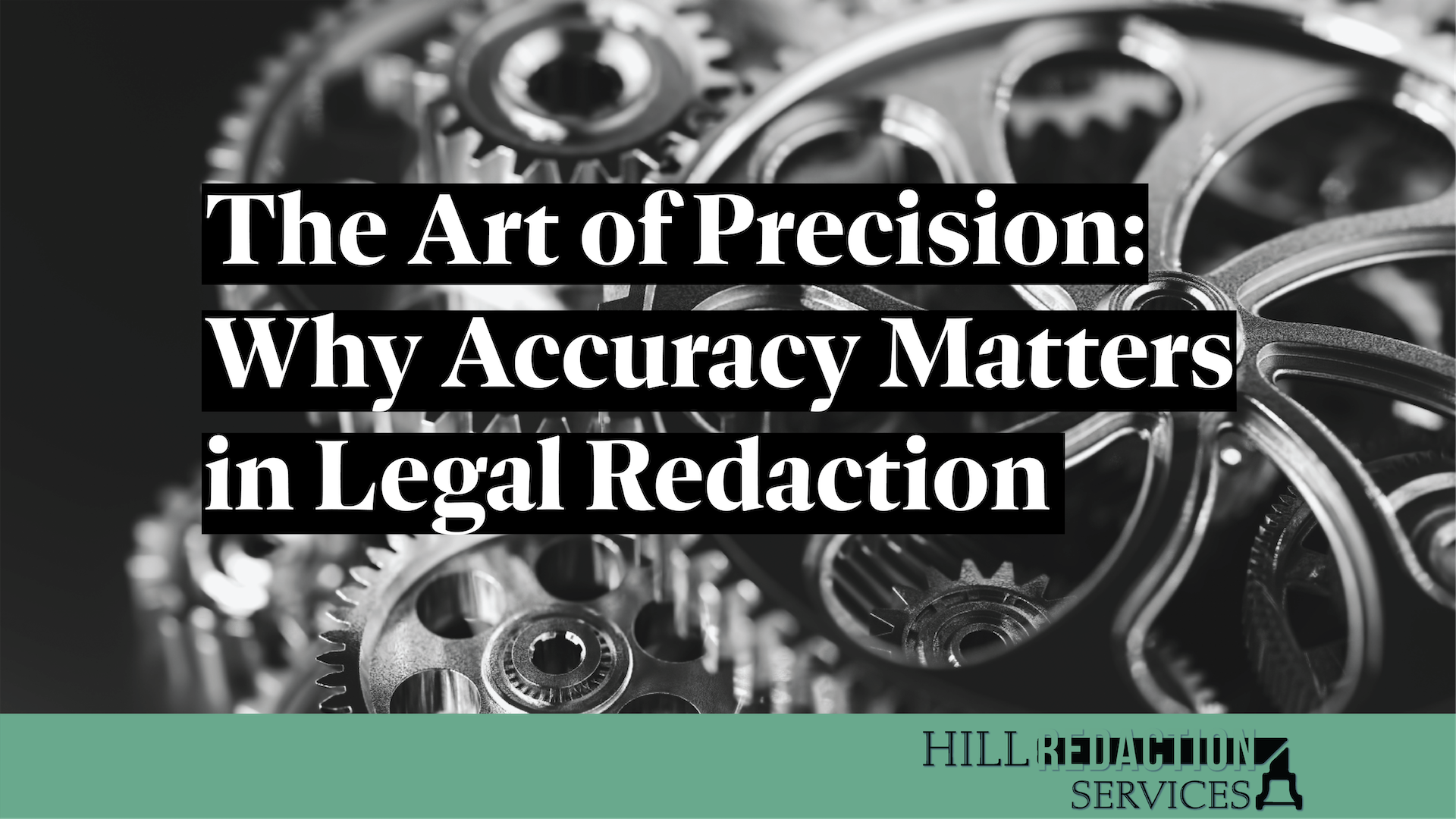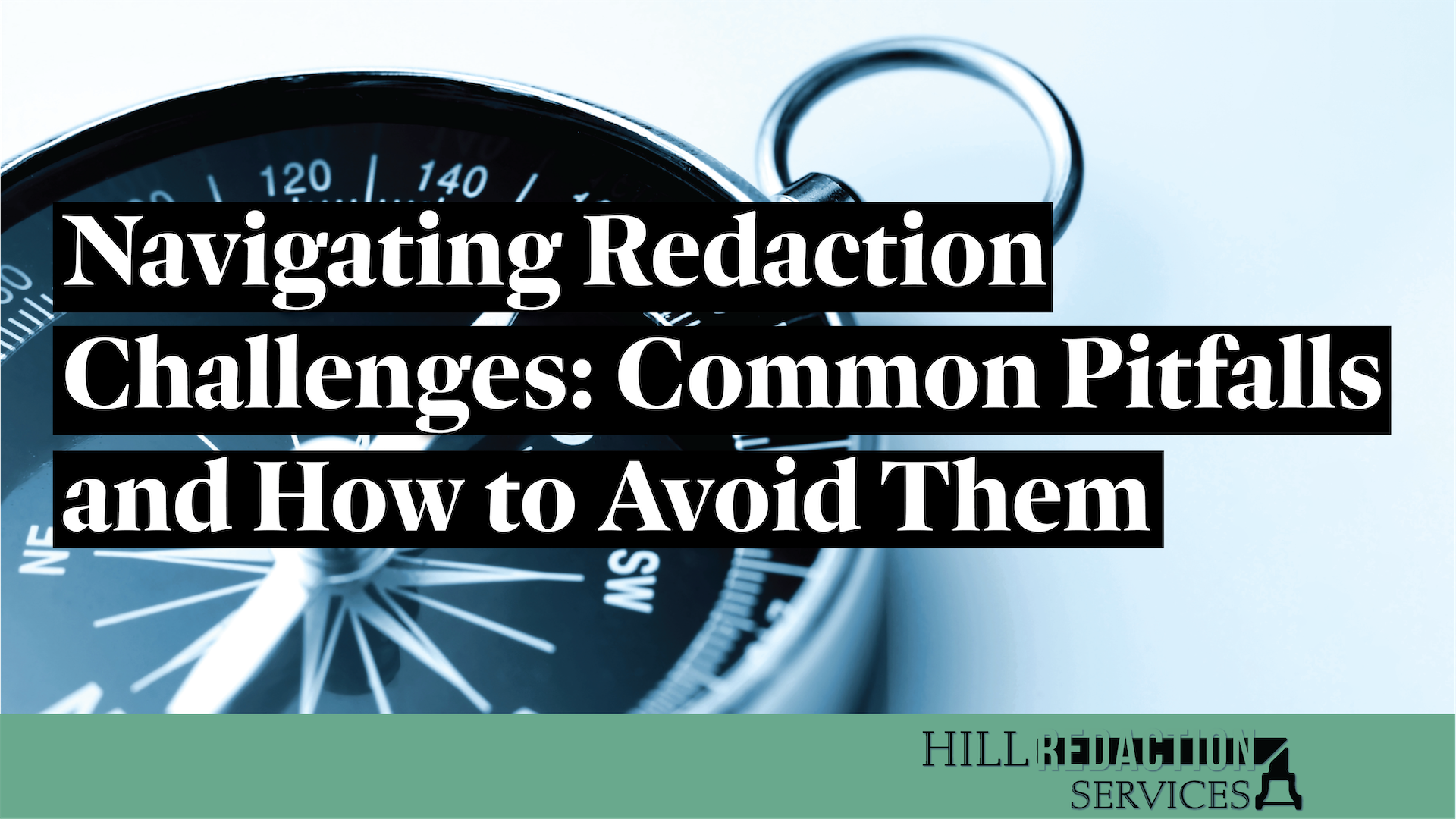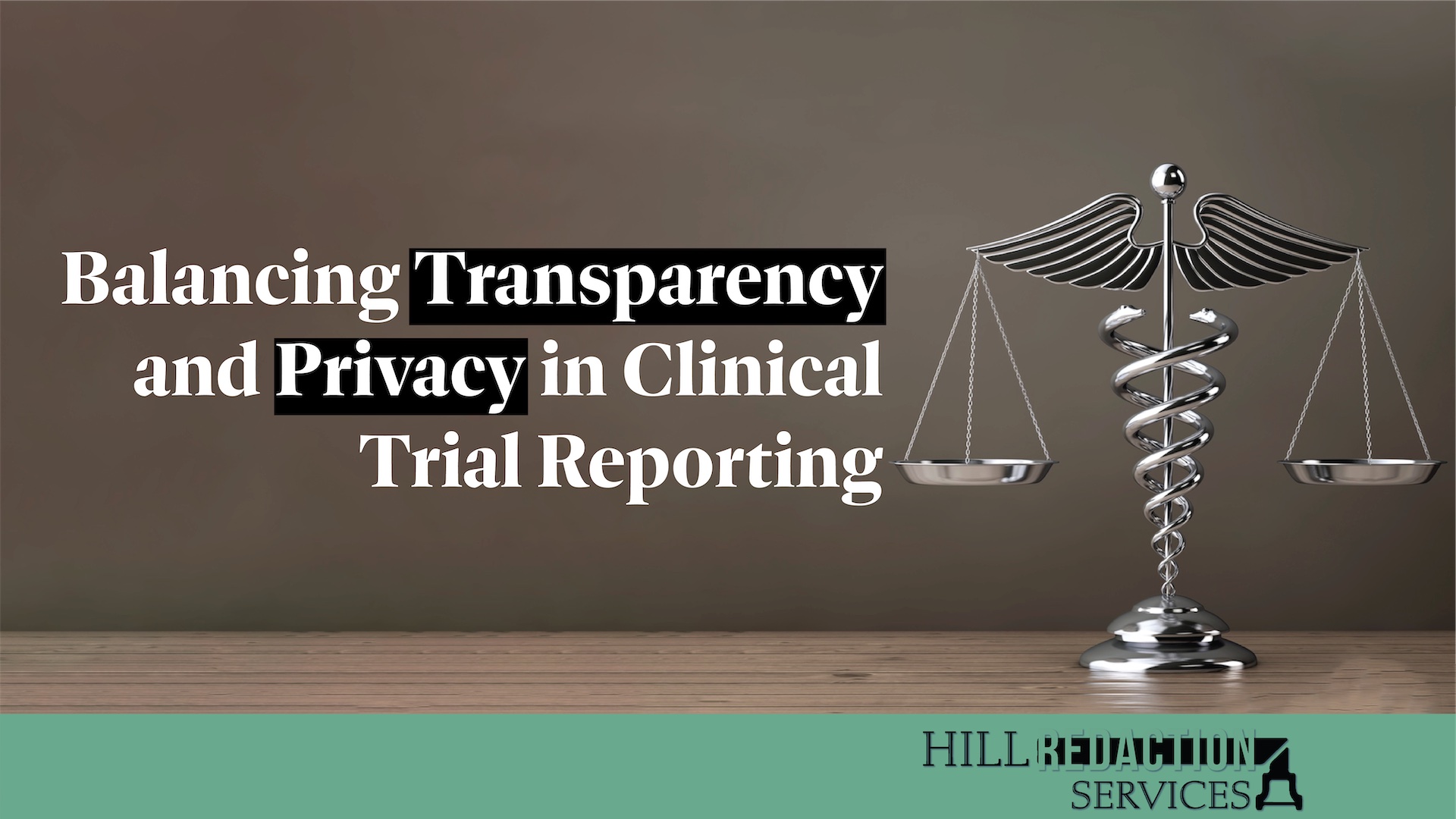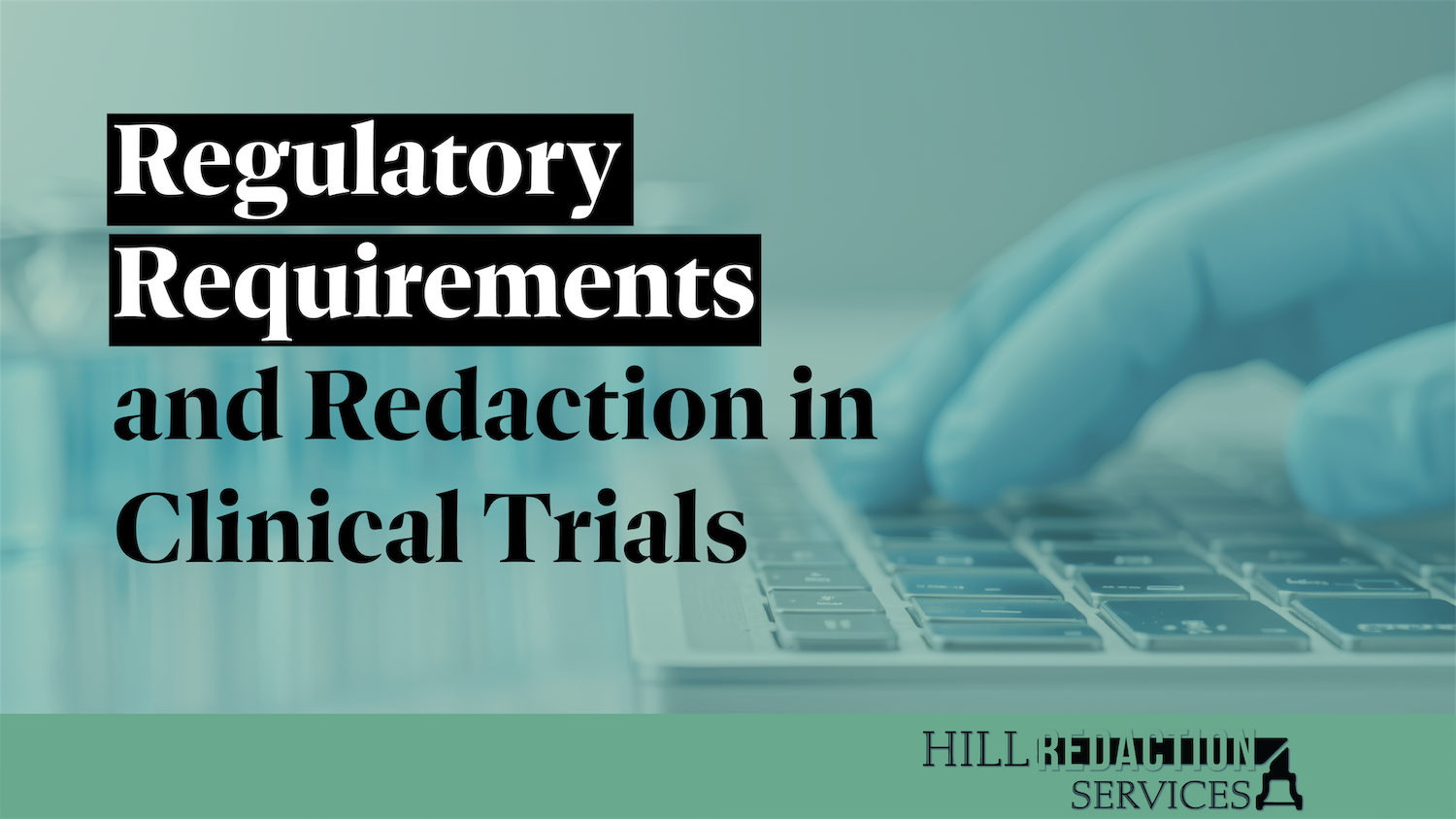
EDRM, E-Discovery and Redaction: A Comprehensive Guide
In the digital age, where data is abundant and omnipresent, electronic discovery (e-discovery) and the Electronic Discovery Reference Model (EDRM) are critical tools for legal proceedings. Redaction, a key process in this model, involves editing out sensitive information to protect privacy while preserving evidence’s integrity.
This article will delve into what should be redacted, common reasons for rejected redactions and best practices for effective redaction.
What is EDRM and E-Discovery?
The EDRM is a framework that outlines the stages involved in managing an e-discovery project, from information governance to presentation. E-discovery, on the other hand, refers to the process of identifying, collecting, and producing electronically stored information (ESI) in response to a request for production in a lawsuit or investigation.
The Importance of Redaction in E-Discovery
Redaction is a crucial step in the EDRM process. It involves removing sensitive information from documents before they are made available during discovery. This is important to protect personal privacy, maintain confidentiality, and comply with regulations such as the General Data Protection Regulation (GDPR).
What Should Be Redacted?
When redacting documents, it is important to remove any information that could potentially harm individuals or compromise confidentiality. This typically includes:
- Personal Identifiable Information (PII): such as social security numbers, bank account details, and home addresses.
- Protected Health Information (PHI): including medical records and health insurance information.
- Confidential Business Information: like trade secrets, financial data, and proprietary research.
Common Reasons for Rejected Redactions
Redactions may be rejected for several reasons, including:
- Over-redaction: This occurs when too much information is redacted, rendering the document meaningless.
- Under-redaction: Conversely, failing to redact all sensitive information can lead to a breach of privacy.
- Incorrect redaction: This involves improperly applying redactions, such as using techniques that can be easily reversed to reveal the redacted information.
Best Practices for Effective Redaction
To ensure effective and compliant redaction, consider the following best practices:
- Double-Check Your Work: Even with automatic tools, it’s important to manually review redacted documents to catch any missed information.
- Apply Permanent Redactions: Make sure your redactions are irreversible to prevent unintended disclosure of sensitive information.
- Follow Legal and Regulatory Guidelines: Always adhere to the guidelines set out by legal and regulatory bodies to ensure compliance.
Wrapping It Up
When it comes to e-discovery and redaction, being thorough and accurate is crucial. By following the EDRM model and implementing proper redaction techniques, organizations can effectively manage electronically stored information while protecting privacy and maintaining confidentiality. As technology continues to advance, staying up-to-date with these processes will be key in legal proceedings. So, it is essential for organizations to stay informed and well-versed in these critical tools.
At Hill Redaction Services, we understand the importance of accurate and effective redaction. Our team of experts utilizes advanced technology and follows industry best practices to ensure that sensitive information is properly redacted for legal proceedings. Contact us today to learn more about our services and how we can assist with your e-discovery needs.
Related Posts

EDRM, E-Discovery and Redaction: A Comprehensive Guide
In the digital age, where data is abundant and omnipresent, electronic discovery (e-discovery) and the Electronic Discovery Reference Model (EDRM) are critical tools for legal proceedings. Redaction, a key process in this model, involves editing out sensitive information to protect privacy while preserving evidence’s integrity.
This article will delve into what should be redacted, common reasons for rejected redactions and best practices for effective redaction.
What is EDRM and E-Discovery?
The EDRM is a framework that outlines the stages involved in managing an e-discovery project, from information governance to presentation. E-discovery, on the other hand, refers to the process of identifying, collecting, and producing electronically stored information (ESI) in response to a request for production in a lawsuit or investigation.
The Importance of Redaction in E-Discovery
Redaction is a crucial step in the EDRM process. It involves removing sensitive information from documents before they are made available during discovery. This is important to protect personal privacy, maintain confidentiality, and comply with regulations such as the General Data Protection Regulation (GDPR).
What Should Be Redacted?
When redacting documents, it is important to remove any information that could potentially harm individuals or compromise confidentiality. This typically includes:
- Personal Identifiable Information (PII): such as social security numbers, bank account details, and home addresses.
- Protected Health Information (PHI): including medical records and health insurance information.
- Confidential Business Information: like trade secrets, financial data, and proprietary research.
Common Reasons for Rejected Redactions
Redactions may be rejected for several reasons, including:
- Over-redaction: This occurs when too much information is redacted, rendering the document meaningless.
- Under-redaction: Conversely, failing to redact all sensitive information can lead to a breach of privacy.
- Incorrect redaction: This involves improperly applying redactions, such as using techniques that can be easily reversed to reveal the redacted information.
Best Practices for Effective Redaction
To ensure effective and compliant redaction, consider the following best practices:
- Double-Check Your Work: Even with automatic tools, it’s important to manually review redacted documents to catch any missed information.
- Apply Permanent Redactions: Make sure your redactions are irreversible to prevent unintended disclosure of sensitive information.
- Follow Legal and Regulatory Guidelines: Always adhere to the guidelines set out by legal and regulatory bodies to ensure compliance.
Wrapping It Up
When it comes to e-discovery and redaction, being thorough and accurate is crucial. By following the EDRM model and implementing proper redaction techniques, organizations can effectively manage electronically stored information while protecting privacy and maintaining confidentiality. As technology continues to advance, staying up-to-date with these processes will be key in legal proceedings. So, it is essential for organizations to stay informed and well-versed in these critical tools.
At Hill Redaction Services, we understand the importance of accurate and effective redaction. Our team of experts utilizes advanced technology and follows industry best practices to ensure that sensitive information is properly redacted for legal proceedings. Contact us today to learn more about our services and how we can assist with your e-discovery needs.






